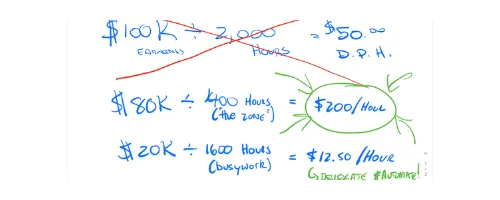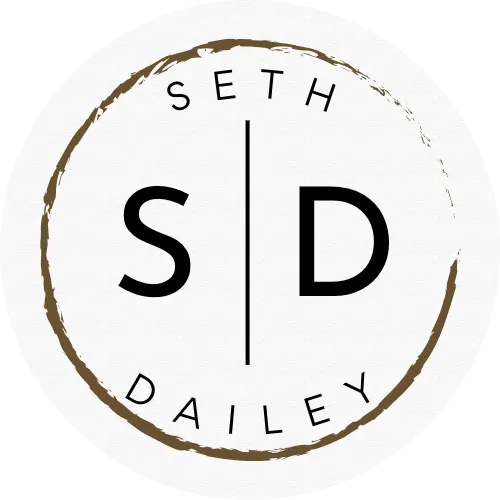
What is your 20% DPH (Dollar Per Hour)?
What is your 20% DPH (Dollar Per Hour)?
When I coach agents on adding leverage, one of the first concepts we have to talk about is their target wage in the form of "Dollars Per Hour." The traditional way to calculate the "dollar per hour" rate involves dividing the total amount earned by the number of hours worked. For example, if someone earns $100,000 in a year and works 2,000 hours, their hourly rate would be $50 per hour.

However, the flaw in this formula is highlighted by the 80/20 principle, also known as the Pareto principle. This principle suggests that roughly 80% of our results come from 20% of our efforts, while the remaining 80% of our efforts only contribute to 20% of our results. It's an imperfect yet powerful concept.
Applying the 80/20 principle to the calculation of the dollar per hour rate means acknowledging that not all work is equally valuable. Some tasks or activities may contribute significantly more to the desired outcomes or goals compared to others. Therefore, it's important to recognize that the value of our work is not uniform throughout all hours worked. And this lets us target the value of our top 20% work.

By blending these two principles, we as small business owners can discern where to focus our time-and when to "buy back our time" of the other (80%) work. Identify the tasks or activities that generate the most significant results and allocate your time and resources accordingly. In the example above, it is certain that this professional could offload SOME of their workload at a rate near $12.50 / hour. That might be through a person, through technology, even now through AI. But the dream is always to stay inside of our 20%.

